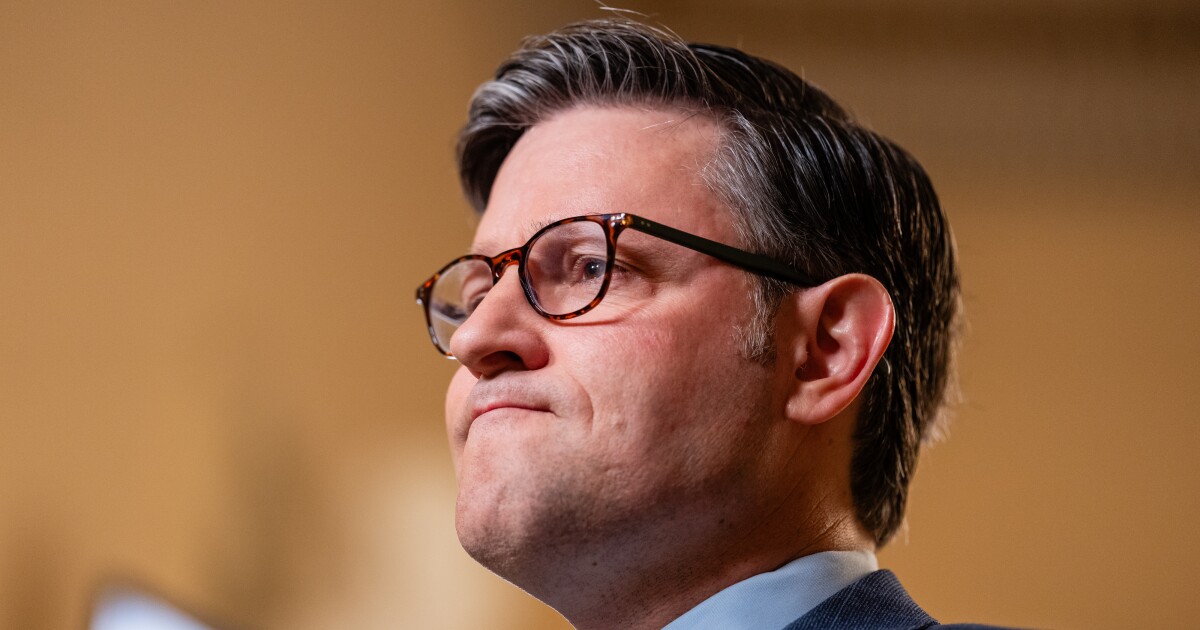Has your firm started work on implementing the new quality management standards? If you haven’t already started, it may be challenging getting it done by the Dec. 15, 2025, deadline for having a quality management system in place.
That may seem like a long way off, with plenty of time to update your existing quality control document. Many firms are underestimating the level of effort required, and seem to think that simply changing the wording from “document” to “system” will be sufficient. However, that just isn’t the case.
What’s the difference between a QCD and a QMS?
The biggest — and most obvious — difference is that the QCD was a document while the QMS is a system. The defining point of QMS is the “S” for system. Your firm needs to develop a system to ensure that the output meets the standards of quality.
The reality is that the quality control document often sat on a shelf to be dusted off every three years for peer review. When working with firms on their QMS, we start by talking through their QCD with leaders who are often surprised by the differences between what the document says the firm does versus what is actually happening at the firm. Trying to comply by switching the name from QCD to QMS and folding in a few things, like adding snippets about technology and IP resources to the human resources section of the QCD, simply won’t work. Your firm’s QMS must also include accountabilities and tracking measures that are lacking in a QCD.
Quality objectives in a QMS
The new standards require firms to establish quality objectives around each of eight components, which you can read about in the standard. Because every firm is different, this isn’t just a boilerplate document that can be slightly edited. Each firm’s objectives and the path to achieving those objectives will be different.
At AccountAbility Plus, we recommend using the long-standing SMART approach to establishing quality objectives for each of the eight components.
- Specific: Objectives are stated in clear and specific terms to ensure that every team member is on the same page. For example, “As a firm we will not do PCAOB A&A work.”
- Measurable: Objectives must be measurable. Has this objective been completed? How will feedback be assessed? What will be the standard for acceptable feedback?
- Attainable: These objectives must also be attainable within the firm’s capacity, with adequate resources, competencies, and methodologies to ensure they can be achieved.
- Relevant: Quality objectives must be relevant to the firm’s strategic goals. They must align with the quality standards of the profession and the firm and ensure that regulatory requirements are met.
- Time-oriented: Each objective must also be time-oriented with a clear and unambiguous date for achievement. Firms must also determine the timing of responses to risks depending on the severity.
A firm risk assessment process in a QMS
In the old QCD standards, it wasn’t clear how you were supposed to respond when you had a quality issue. QCDs could also be vague about the timeframes for evaluating and responding to risks, using words such as “periodically” and “timely,” which are left up to interpretation of each person in the firm.
In contrast, your firm’s QMS must be actionable and must include a risk assessment process to be implemented by your firm. This process is used to identify risk events that could occur based on the firm’s quality objectives, and must include a process for tracking and documenting when you have risk events. You also need to determine the specific timing of your response to risk events by carrying out a root cause analysis to determine the remediation plan.
For a minor risk event, like issuing financials with a typo, or a staff member being short of CPE, but they don’t do Yellow Book audits, you can likely bundle these risks and respond to them once or twice a year.
However, if this staff person does governmental audits for which Yellow Book CPE is required, the response needs to be much quicker. You need to determine what went wrong in your system and fix it to ensure that team members don’t miss their Yellow Book CPE in the future.
Severe risk events — like issuing the wrong opinion or finding out the firm is not independent after the report has been issued — will require immediate attention to gather facts, determine the impact, and develop a response.
Root cause analysis and the ‘Five Whys’ approach
When a risk event occurs, you need to determine why it happened by doing a root cause analysis, then you need to remediate the problem.
For example, let’s say you have to reissue a financial statement. Sometimes the reason for reissuance isn’t a big deal, such as a typo that doesn’t affect the numbers or the opinion or anything significant, but you still need to reissue the financials to correct the minor error. Since this is a minor risk, you would track how many times it happened and at least once a year perform a root cause analysis.
To perform a root cause analysis, we teach firms to use the ‘Five Whys’ approach. You start by asking what happened, and then repeatedly ask why that happened. By the time you get to the fifth why, you should find the root cause for the problem. Using our example of the typo, you start by asking what happened. Why did this typo happen? Then you keep asking why until you get to the root cause.
You also need to consider how pervasive each risk event is. If it only occurred once or twice during the year, you’ll want to make sure your proofing system is robust enough to minimize the risk of typos. However, it’s not worth spending a significant amount of time and money to absolutely eliminate all risk of typos. However, if you’re reissuing financials to fix typos dozens of times a year, then there’s clearly something wrong with your proofing process. Using the Five Whys method, you should be able to determine the root cause and figure out how to mitigate this from happening as often.
On the other hand, if you need to reissue financials due to a material misstatement, this is clearly a more severe risk event. You’ll need to immediately perform the root cause analysis as to why it happened and determine next steps to remediate the issue.
This standard was designed to be scalable, and firms should take advantage of this to right-size their response to risk events.
Don’t delay — start now
Ideally, you have already started this time-consuming and mandatory process. Your firm needs to consider each of the eight components and determine quality objectives that are both SMART and reflective of your firm’s characteristics.
Several of the firms that we’ve been working with over the last year will be ready to start piloting their new QMS early in 2025. They’ll have the chance to see what’s working and what’s not working so they can make any necessary adjustments before the effective date.
For firms that are truly committed to quality, this is more of a cost burden than a value add, although it’s never a bad idea to make enhancements that will improve quality. You may find some process improvements along the way that improve more than just quality.
Dec. 15, 2025, will be here sooner than you think — start today, not tomorrow.


 Blog Post1 week ago
Blog Post1 week ago
 Economics1 week ago
Economics1 week ago
 Finance1 week ago
Finance1 week ago
 Economics1 week ago
Economics1 week ago
 Economics1 week ago
Economics1 week ago
 Personal Finance1 week ago
Personal Finance1 week ago
 Accounting1 week ago
Accounting1 week ago
 Economics1 week ago
Economics1 week ago












